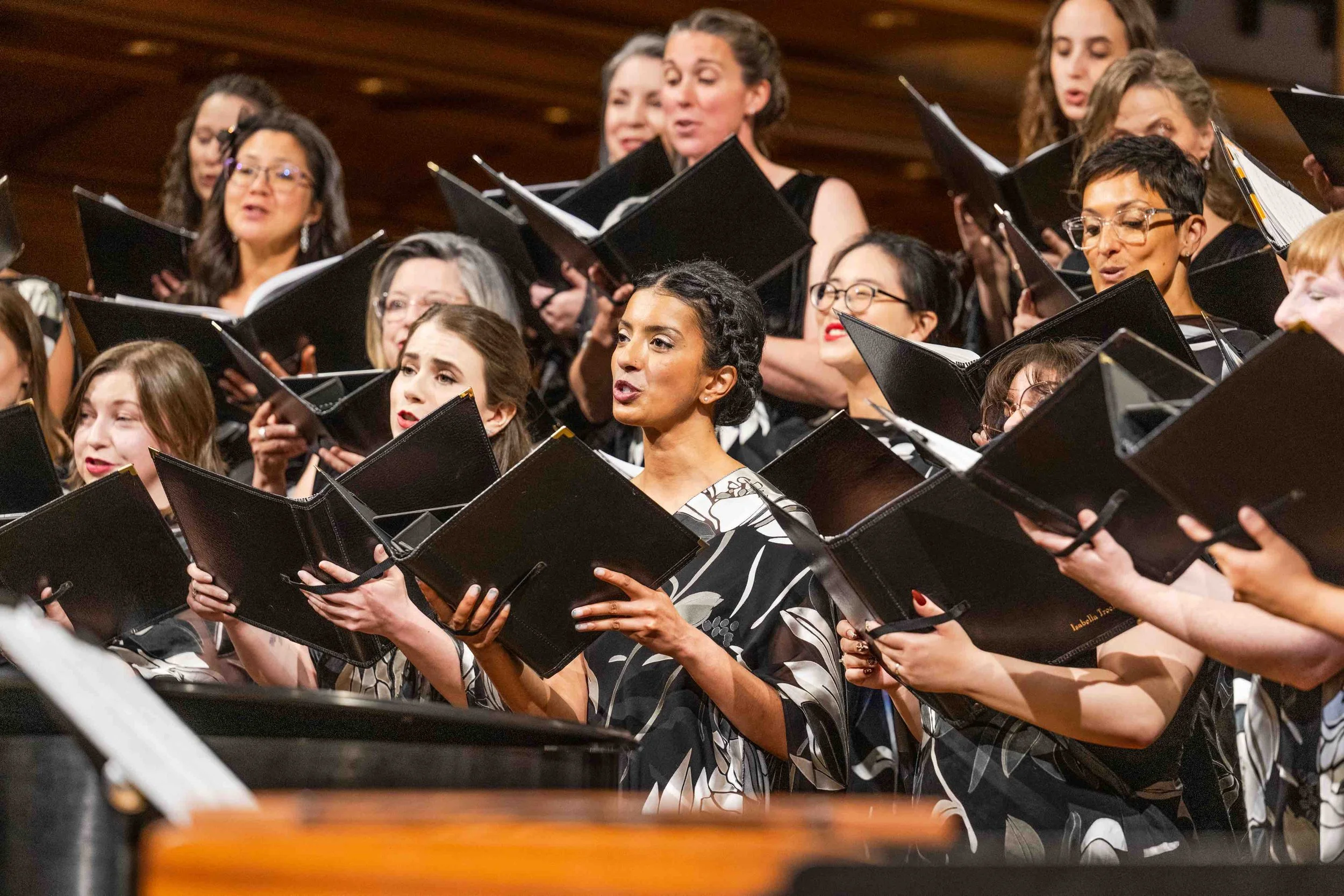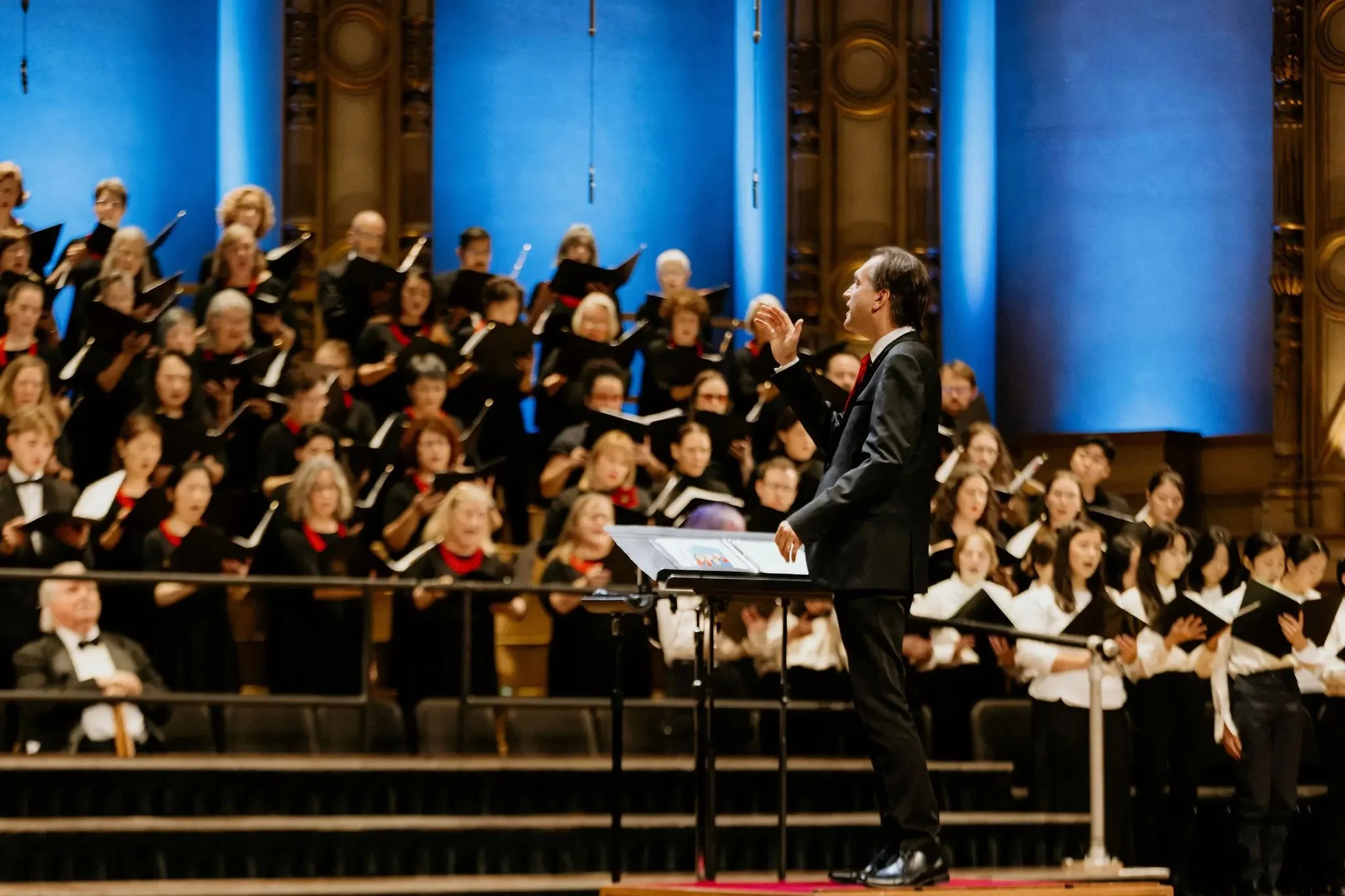Swiss keyboardist Nik Bärtsch looks to architecture and design for inspiration
The bandleader of the electroacoustic quartet Ronin brings “controlled intensity” to BlueShore at CapU
Nik Bärtsch.
BlueShore Financial Centre for the Performing Arts at Capilano University presents Nik Bärtsch’s Ronin on February 25 at 7:30 pm
NIK BÄRTSCH’S MUSIC always conveys an impression of controlled intensity, whether it takes the form of his solo efforts, his acoustic outings with the chamber trio Mobile, or the electroacoustic offerings of his quartet Ronin, which comes to the BlueShore at CapU on February 25. There’s a mathematical logic to his chord progressions, which gently vary seemingly simple materials over time, and a solidity to his rhythms, which draw equally on progressive rock, the minimalist composers, and jazz fusion.
It’s no surprise, then, that the Swiss keyboardist and bandleader counts domestic and industrial design among his primary sources of inspiration, especially given that, in a wide-ranging conversation from his home in Zurich, he points out that this can be traced to both nature and nurture.
“I have a lot of friends who are architects, and also my stepfather’s an architect, my father’s a graphic designer, and my mother was in fashion,” Bärtsch says. “So space, and the line in drawing, and a way of looking at things was always very important. In music, we hear often this idea of ‘telling a story’, or the narrative quality of music, but on the other hand, for me, always the spatial quality of music was interesting. But not only in an ambient way, but a very dramaturgical way. We are coming from somewhere and we go somewhere, but we go through a certain space and we see light and we see directions and we even feel movement in that. So the decision, often, for rhythmic or cyclical music was influenced by this. Sometimes we avoid melodies, especially in a certain melodic registration where you usually hear the melody. So we focus on patterns, on spaces, on cycles and interlockings to create a certain drive and spin in the music that you can feel.”
Despite this considered and methodical approach, Bärtsch allows that intuitive processes also play a large part in the creation of his music, citing the Swiss painter Paul Klee’s concept of “taking a line for a walk” as crucial to his writing. He might come up with the germ of an idea—a riff, a beat, or a chord progression—but in turn that will imply ways in which it can expand. It’s almost as if the musical material has desires of its own—a concept that has come into sharper focus for Bärtsch since beginning his ongoing multimedia collaboration with “art carpenter” Ernst Gamperl.
Gamperl occasionally joins Bärtsch on stage, where he deploys his lathe and chisels while his colleague plays. It’s rewarding work, says the keyboardist, despite the mechanical noise of the power tools. Gamperl also provided the artwork for Bärtsch and Ronin’s latest recording project, the aptly titled Spin, along with another metaphor for the ensemble’s sonic sculpting.
“When I started working with him, you know, he was already into our music,” Bärtsch points out. “He uses our music often to work, and when I met him I found that very interesting, because he’s a very focused person. He works in a way with wood like I work with music. You cannot force the wood. The wood has a natural way of growing, and then when you work and create sculpture like Ernst does, you need to work with the spin of the wood. And what I like is that this is of course not a very fast thing. We use that word [spin] when we see a planet spinning or a ball or something, or even an electron. But I like that the wood has a spin that is super-slow, how it grows. But when Ernst creates his sculptures, then of course he also uses a machine that creates a spinning with which he can work.
“Wood has a clear direction and a very clear way of how you have to respond to it,” the bandleader continues. “So Ernst creates sculpture in dialogue with the wood and its natural direction—or you can even say will. I do that with the music. I don’t want to force the music: I want to find patterns, structures, cycles within the music, and then I can try to get it spinning in the right direction. The band itself also plays a huge role, because the band itself is an organism, and the growth of the pieces over decades is a very important part of working as we do. As a composer, I cannot write that: the band is an organism that works with an organism.”
Nik Bärtsch’s Ronin. Photo by Christian Senti
That said, Bärtsch doesn’t entirely avoid exerting his own compositional will. “As a composer, I have the ambition to present the band with a really serious piece,” he says. “The drum beat, the bass line… everything is, almost in a classical sense, written.” From there, though, the band can tweak and invent within Bärtsch’s framework, a process that on Spin is aided by a combination of solid relationships and fresh input.
Bärtsch and drummer Kaspar Rast have been friends and collaborators for more than 40 years, ever since the keyboardist was 10 and the percussionist a year younger. Saxophone and bass clarinet player Sha came on board circa 2004. But Jeremias Keller is a new arrival; Spin marks his debut with Ronin, and Bärtsch readily admits that the bassist’s youthful energy has been welcome.
“We were looking for a fresh mind and an interesting younger musician, and that’s how we found Jeremias,” he explains. “We did auditions and played with a few people that we really liked, but with Jeremias it was very clear from the very first second how it meshed, especially with the drums—the sound of the bass with the bass drum. Kaspar felt very happy.
“Jeremias is a very experienced bass player in modern styles like ambient, post-prog, and stuff like that, even though he has a jazz education,” Bärtsch adds. “His sound is a little fuller, and he has also a lot of electronics stuff that he brings into the sound-shape of the band. So the band has a young, playful spirit now that we did not think could happen—and we’re super-happy about that!”
Clearly, the organism continues to evolve. ![]()

























